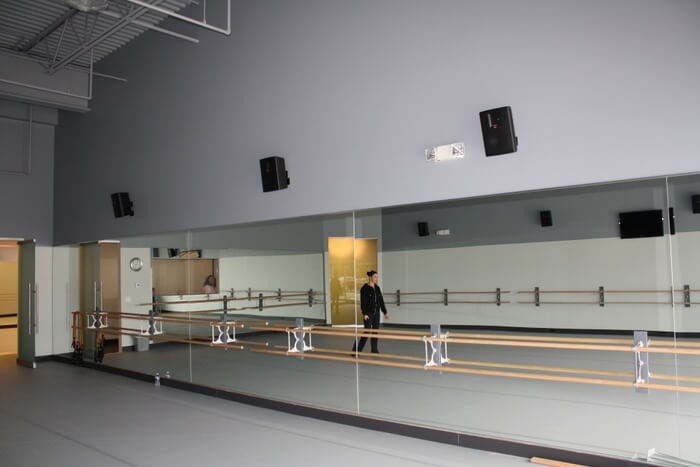Illuminating the Impact of Illumination Conditions on Movement Detection Accuracy and Dependability
Illuminating the Impact of Illumination Conditions on Movement Detection Accuracy and Dependability
Blog Article
Lighting conditions play a significant impact in how well we can detect motion. Motion detection is a critical aspect of different systems, including surveillance cameras, automatic illumination systems, and also some video games. Comprehending the ways various illumination environments affect our ability to detect motion can assist enhance the development and efficacy of these technologies. For instance, poor lighting can result in overlooked motions or incorrect alerts, while ideal illumination can boost the accuracy of motion detection technologies.
In bright lighting environments, motion detection is typically more reliable. When there is sufficient illumination, sensors and cameras can capture sharper images, which assists in recognizing moving elements. Bright conditions allow for better contrast between the dynamic element and the background. This differentiation is essential for both visual observers and automated technologies, as it makes it simpler to distinguish between static and moving objects in a scene. Thus, ensuring that spaces are adequately illuminated can significantly enhance the effectiveness of movement detection systems.
On the other hand, low-light conditions go to website can present challenges for movement detection. In dim environments, darkness can obscure dynamic objects, which makes them hard to detect. Additionally, the eye struggles to detect movement in dim conditions, which can lead to misinterpretation of the situation in the environment. Cameras may also encounter difficulties, as many do not function well in low light without the use of infrared check out this site capabilities or alternative enhancements. These restrictions highlight the importance of sufficient lighting in settings where movement detection is critical.
Additionally, different kinds of lighting can have different effects on motion detection. For example, neon lights can flicker, which can mislead motion detection technologies that rely on steady light sources. On the other hand, natural provides a consistent source of lighting that enhances visibility. Comprehending these differences in lighting conditions can guide operators in choosing the most suitable lighting for specific uses, especially in security and surveillance situations.
In conclusion, the connection between lighting conditions and motion detection accuracy is important. By ensuring that environments are appropriately illuminated, we can improve the dependability of movement detection technologies. This understanding not only benefits technological applications but also improves safety and security in various settings. As further developments are made in movement detection systems, taking into account illumination environments will continue to be a crucial consideration in enhancing effectiveness and ensuring that these systems work effectively in different environments.